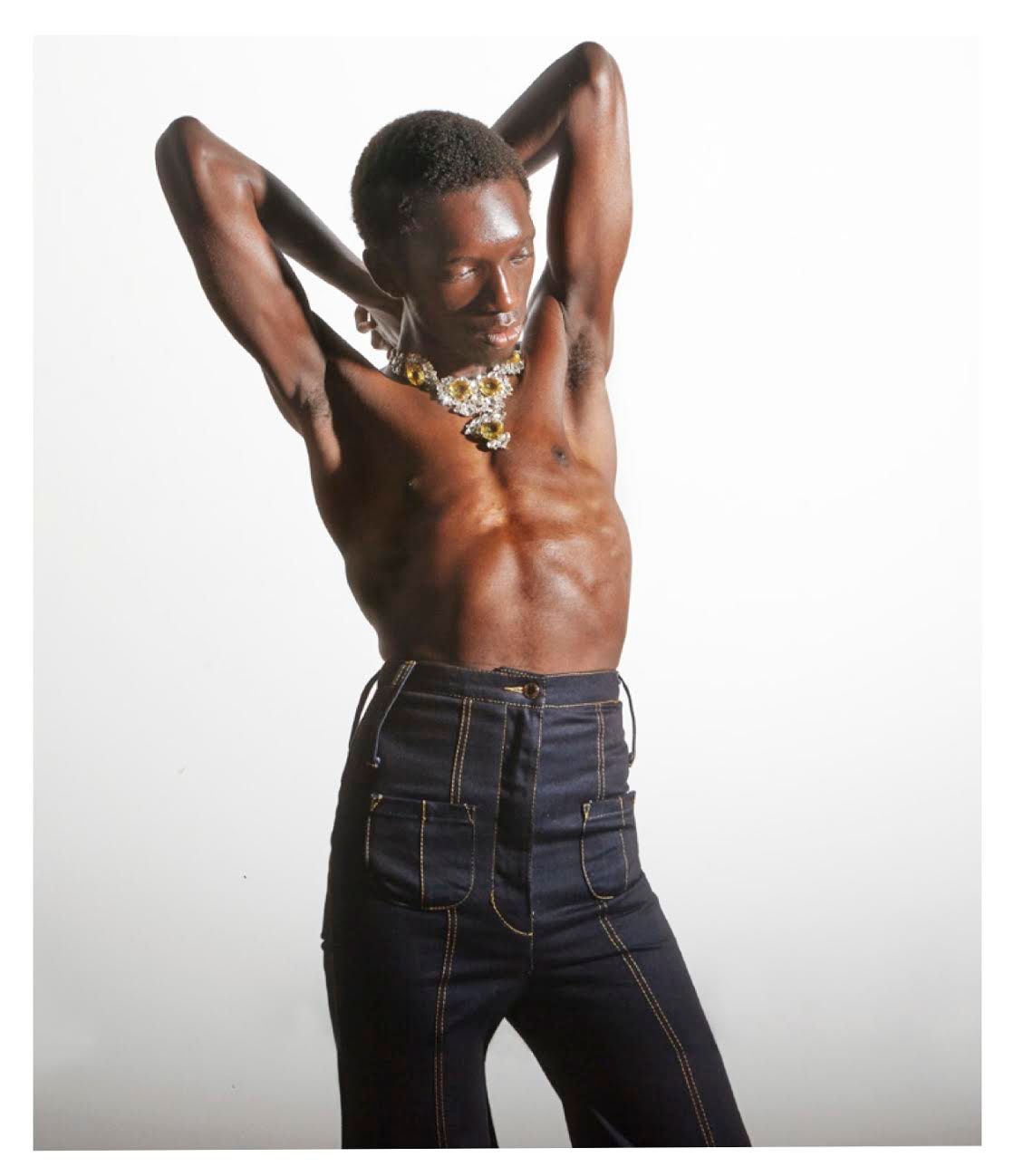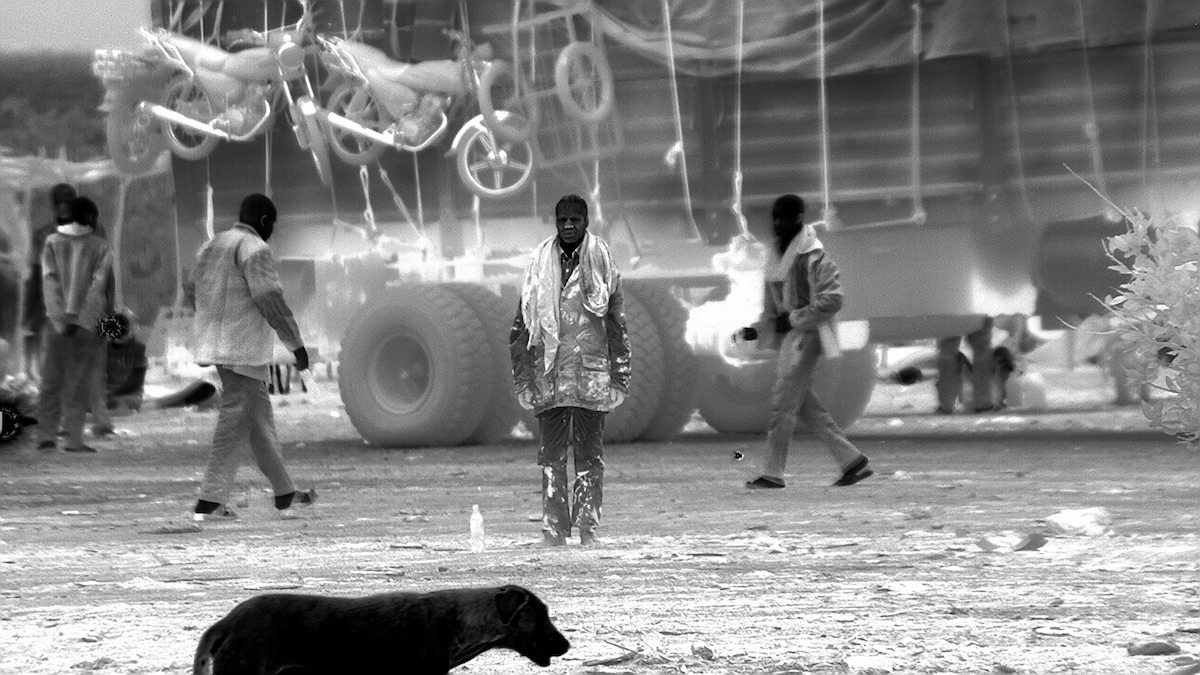MARCO BRAMBILLA Takes NASA to the Opera for the Premiere of PELLÉAS ET MÉLISANDE
|Eva Kelley
Maurice Maeterlinck’s 1892 play Pelléas at Mélisande describes how innocence is able to transform into a dramatic love triangle, culminating in multiple deaths. Composed as an opera by Claude Debussy – the only opera he ever completed – its calamitous subject matter still remains modern today.
Last Saturday in Antwerp, a dream team of professionals premiered a new production of Pelléas at Mélisande. The opera, which had previously been staged by Bob Wilson in 1977 and for which French artist Jean Cocteau had designed sets in 1963, has now been co-directed by Sidi Larbi Cherkaoui and Damien Jalet, with set design by Marina Abramomic, costumes by Iris van Herpen, and video projections by Marco Brambilla. “It was the most satisfying collaboration in memory,” artist and director Brambilla revealed about the collaboration (read our feature on Brambilla from Issue 28 here). Using original NASA footage, Brambilla created films which aimed at taking the viewer on a metaphysical journey into the subconscious through a series of celestial pathways.
After the premiere at Opera Vlaanderen, Brambilla spoke with 032c’s Eva Kelley about his fascination for space and what opera can do for pop culture.
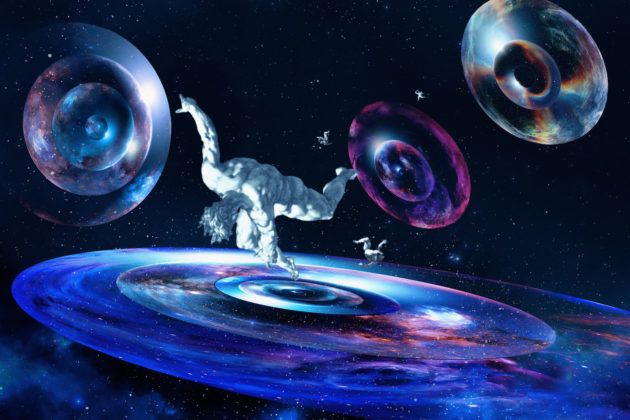
EVA KELLEY: I find the continued relevance of universal themes and emotions, like love triangles, to be somehow comforting. No matter the century, what we feel remains the same. What is it about the story of Pelléas and Mélisande that appeals to you?
MARCO BRAMBILLA: As you say, the universal nature of the tragic love triangle makes it timeless and subject to almost endless interpretation. In this production of Pelléas and Mélisande, the story is set in the future.
Do you think it is possible to recreate the magnitude the opera once had in our modern time?
Opera is not exactly popular culture anymore, however I think performing arts in general are where most of the interesting experimentation is now happening. People like Sasha Waltz, Sigur Rós, and Sylvie Guillem are redefining their respective art forms. Whereas there is relatively little experimentation going on in mainstream film or music.
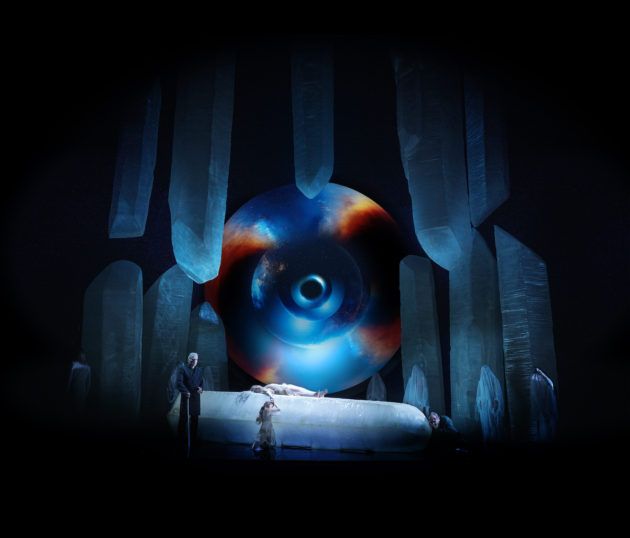
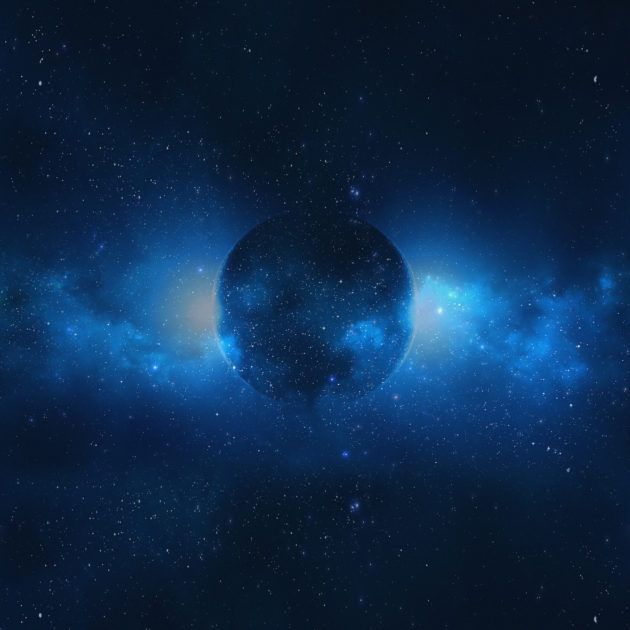
What was the process of creating this production like?
We would meet and videoconference throughout the pre-production process and discuss how to “link” the story to the music to the choreography to the visuals. Fortunately, we all share similar sensibilities, so the process was intuitive.
It’s interesting how the stage set is described as reminiscent of being inside a silver eye ball and a few sentences later, it’s described as being within a surreal version of a planetarium. Why do these two completely different interpretations still somehow make sense?
I think the planetarium analogy is there because it relates to the stars and celestial events, which unfold in the circular projection screen. The screen is in the position and scale of the iris of an eye and the entire stage is “enclosed” in a concave mirror surface which represents the inside of an eyeball. The effect is powerful and symbolic, totally taking the context out of its medieval roots and connecting to the idea of “vision” in Maeterlincks’s original libretto.
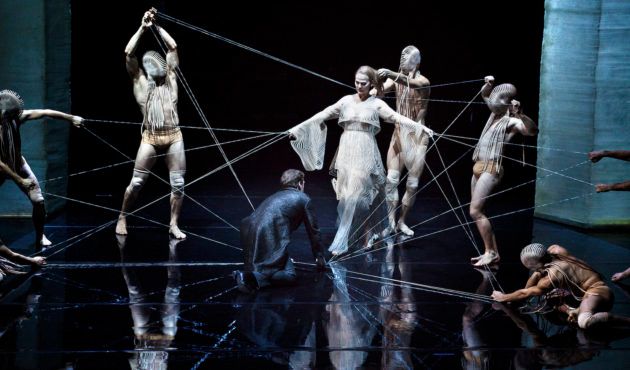
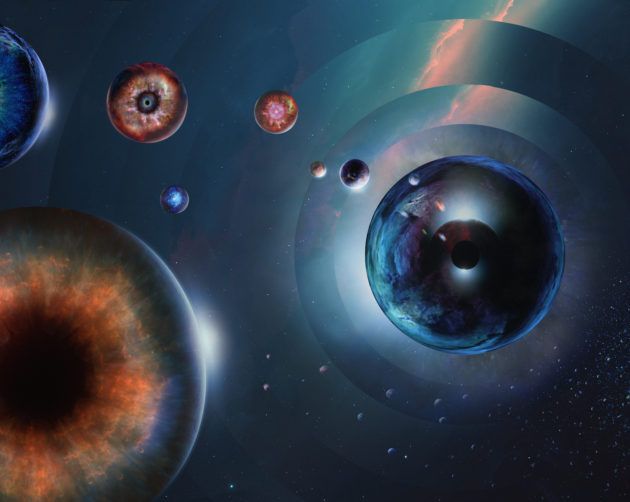
Could you you tell me more about how you incorporated Hubble space telescope imagery into the video compositions?
I had worked with NASA on a commission in 2015 and had access to so much great material. I was able to work with very high-resolution imagery and process it in such a way to make completely impressionistic. The visuals may recall familiar shapes and objects, but the brush-strokes are all drawn from the cosmos itself.
Would you like to travel to space yourself?
Of course. I’ve always been drawn to the intersection of science and imagination, the imagery of the heavens we have been seeing in the last twenty years is simultaneously real and abstract. It encourages you to dream, and you can project your feelings into it.
Tickets for Pelléas et Mélisande at Opera Vlaanderen are available here.
Interview EVA KELLEY
Images Pelléas et Mélisande, 2018, Opera Vlaanderen. Courtesy of MARCO BRAMBILLA
Credits
- Interview: Eva Kelley
- Images: Pelléas et Mélisande, 2018, Opera Vlaanderen. Courtesy of Marco Brambilla
